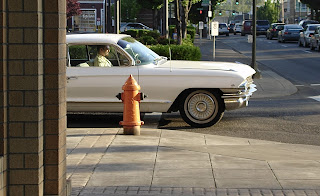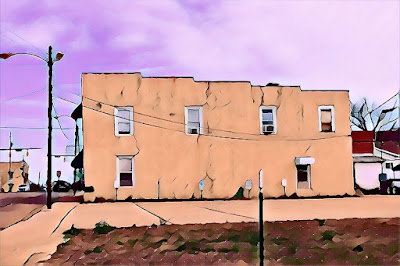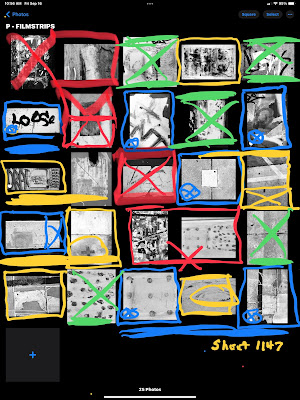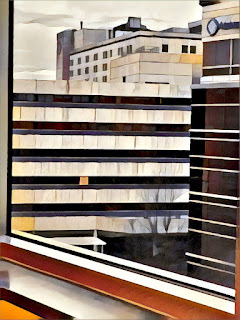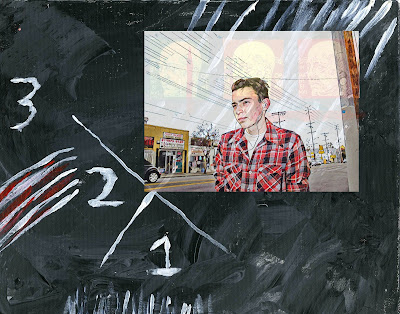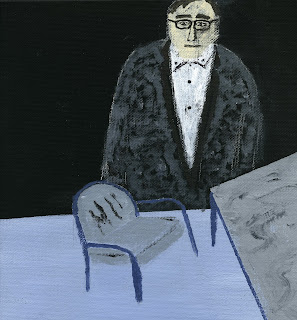VOICES FROM THE STREET

More and more you are seeing media presentations incorporating the chaos of the street and life. Call them voices from the street. This includes platforms like street blogging, vlogging, advertising, and presentations. You can make a case that they have been around for a long time in major media, but not so much in mainstream business messaging. A good example of this is the TV documentary series “How to with John Wilson.” Wilson takes a serious subject and mixes it with free for all street level scenes. Somehow it works, maybe because we all live, even thrive on the chaos of today. Either way, his messages get across. Others like the photographer Eric Kim’s blog site are recorded with him wandering the street, making his points sporadically, shouting out to his friends, noting sights along the way, all played against the music of life flourishing on all sides. It makes you wonder about the presentations of old. How well ordered you tried to make them, how perfectly y...
